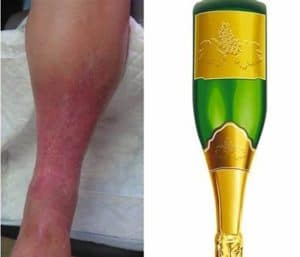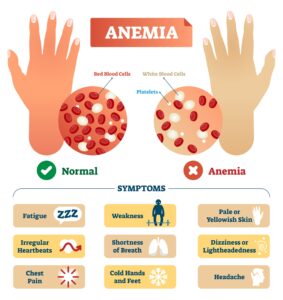Charcot Marie Tooth disease
Charcot Marie Tooth disease (CMT) is a hereditary condition characterized by sensory and motor neuropathy of the peripheral nervous system. Loss of touch sensation in various parts of the body and progressive loss of muscle function are some of the signs and symptoms of Charcot Marie Tooth disease. It is also known as Hereditary Motor and Sensory Neuropathy (HMSN).
Medical conditions such as diabetes, neuropathies, and medications such as chemotherapy can cause the symptoms of CMT to become worse. CMT is not a life-threatening condition and does not decrease the life expectancy of an individual. But it requires proper management otherwise, it can make daily activities very difficult to carry out.
Signs and symptoms
Signs and symptoms of Charcot Marie Tooth disease may vary from person to person and include:
- Weak muscles
- Wasting of muscles, especially muscles of the legs, leading to an “inverted champagne bottle” appearance.
- Loss of sensation in the legs or feet.
- Progressive loss of muscle function.
- Painful spasmodic muscular contractions.
- Difficulty in walking.
- Foot deformities (such as high arched feet, flat feet, or hammertoes).
- Foot drop (difficulty in lifting your foot at the ankle).
- Frequent falling and tripping because the muscles might sometimes fail to receive signals from the brain and may not contract while walking.
- Abnormal gait
- Difficulty in speaking or breathing when muscles that control these functions are affected.
- Scoliosis
- Malformation of hip sockets.


Cause
Charcot Marie Tooth disease is a hereditary condition and a single gene cannot be specified as being faulty that results in CMT. It occurs due to mutations in genes that encode neuronal proteins. These mutations affect the nerves of the arms, hands, legs, and feet and result in damage to the nerves that carry signals between your limbs and brain. Sometimes, these mutations cause damage to the protective layer of the nerves called the myelin sheath.
Classification
Charcot Marie Tooth disease is classified on the basis of the gene mutated.
- Chromosome 17 mutation:
Duplication of a sequence on the short arm of chromosome 17 which contains a gene PMP22 is the most common cause of CMT, with 70-80% incidence.
- X-linked CMT:
X-linked mutations result in the formation of mutated connexons that create non-functional gap junctions that hinder signal transport and molecular exchange.
Types of CMT
There are at least seven subtypes of CMT. But we are mostly concerned with CMT type 1 and CMT type 2. CMT type 1 is the most common type and is associated with demyelination. CMT type 2 is comparatively less common and less severe and is associated with axonal damage.
Diagnosis
Charcot Marie Tooth disease can be diagnosed by the following techniques:
- Nerve conduction studies which measure the speed of a nerve impulse
- Biopsy of a specific nerve
- DNA testing (This gives a definitive diagnosis)
Treatment
The main goal of treatment in these patients is to improve or maintain muscle strength and flexibility. Treatment options include:
- Physical therapy involves aerobic exercise, muscle stretching, and muscle-strength training
- Occupational therapy involves providing knowledge on activities of daily routine and planning of energy conservation strategies.
- Use of ankle-foot orthoses to control foot drop.
- Bracing
- Finding appropriate footwear may often be challenging since these patients have high-arched feet.
- Walking aids
- Surgery involves lowering the arch, providing stability to the feet, and pinning or straightening the toes.



